This year, the president of our association joined an international project investigating the history of the Montenegrin royal yacht RUMIJA, which was sunk by units of the Austro-Hungarian Imperial and Royal Navy in 1915. Dr. Tamás Balogh - who, among the general international and Hungarian maritime history topics he had previously intensively researched (within them, topics concerning the Austro-Hungarian Navy in particular), is known in recent years primarily for his research related to the history of ocean liners - shares the results of his work within the framework of this project with those interested below.
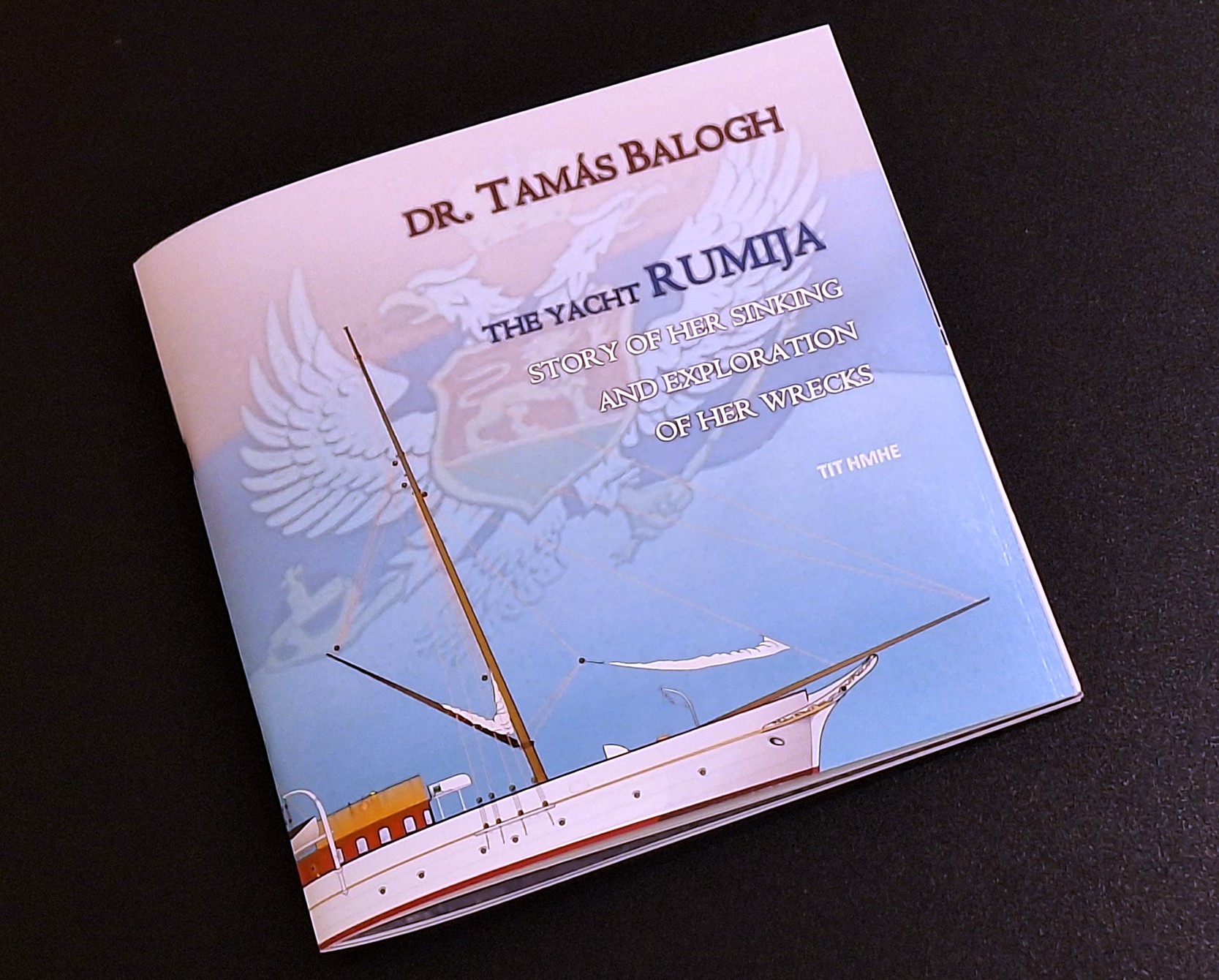
Fig. 1: Cover of the book summarizing the results of the research.
Not an ocean liner, but....
.... a yacht. RUMIJA - ex-ZAZA (1905-1915) - was the yacht of William Beardmore (1856-1936), who built ocean liners, among others, and then belonged to the Turkish Sultan Abdul Hamid II (1842-1918), who bought it only so that he could give it to King Nikita I (1841-1921) of Montenegro as a gift.
As those who follow my activities may be used to, in addition to creating an encyclopedia of ocean liners, I regularly support the exploration and interpretation of various shipwrecks with my work. This is what happened with the shipwrecks of the Battle of Jutland, the remains of the cruiser HMS HAWKE and now, in 2025, the 110th anniversary of the sinking of the yacht RUMIJA, which was sent to the bottom of the sea by the Austro-Hungarian Imperial and Royal Navy during the First World War.
Princz Ágoston, Creative Producer of Alma Matters Production, contacted me in March 2025 with the request that the colleagues of Era creatıve GROUP DOO., registered in Montenegro, the Turkish director Ahmet Küçükkayalı and the Serbian producer Selma Babajic, were looking for a Hungarian expert for the appropriate representation of the Austro-Hungarian aspects of the ship's history for the documentary about the wrecks of RUMIJA, which will also present the work of Bengiz Özdereli, a Turkish researcher of the ship's history living in Turkey and Montenegro, under the main company of Turkish Umay Production.
This request led to the reconstruction of the yacht's plans, as the documentary makers wanted to use the 3D digital model of the ship in their film, but in order to build the model, a reliable - authentic - reconstruction of the ship's plans had to be made. Given that the original plans have not survived (or, if they have, they are still hidden), I carried out the reconstruction using analogies of similar products selected from the design materials of Scottish shipyards, as well as a thorough analysis of the wrecks and the surviving original photos.
In order to support the work of the filmmakers as much as possible, I prepared a book presenting the history of the ship. I was able to share the results of the historical research with those interested at a historical conference in Budapest this year. The following images present some pages of the volume, which has just come out of the press today, and the reconstructed plans.
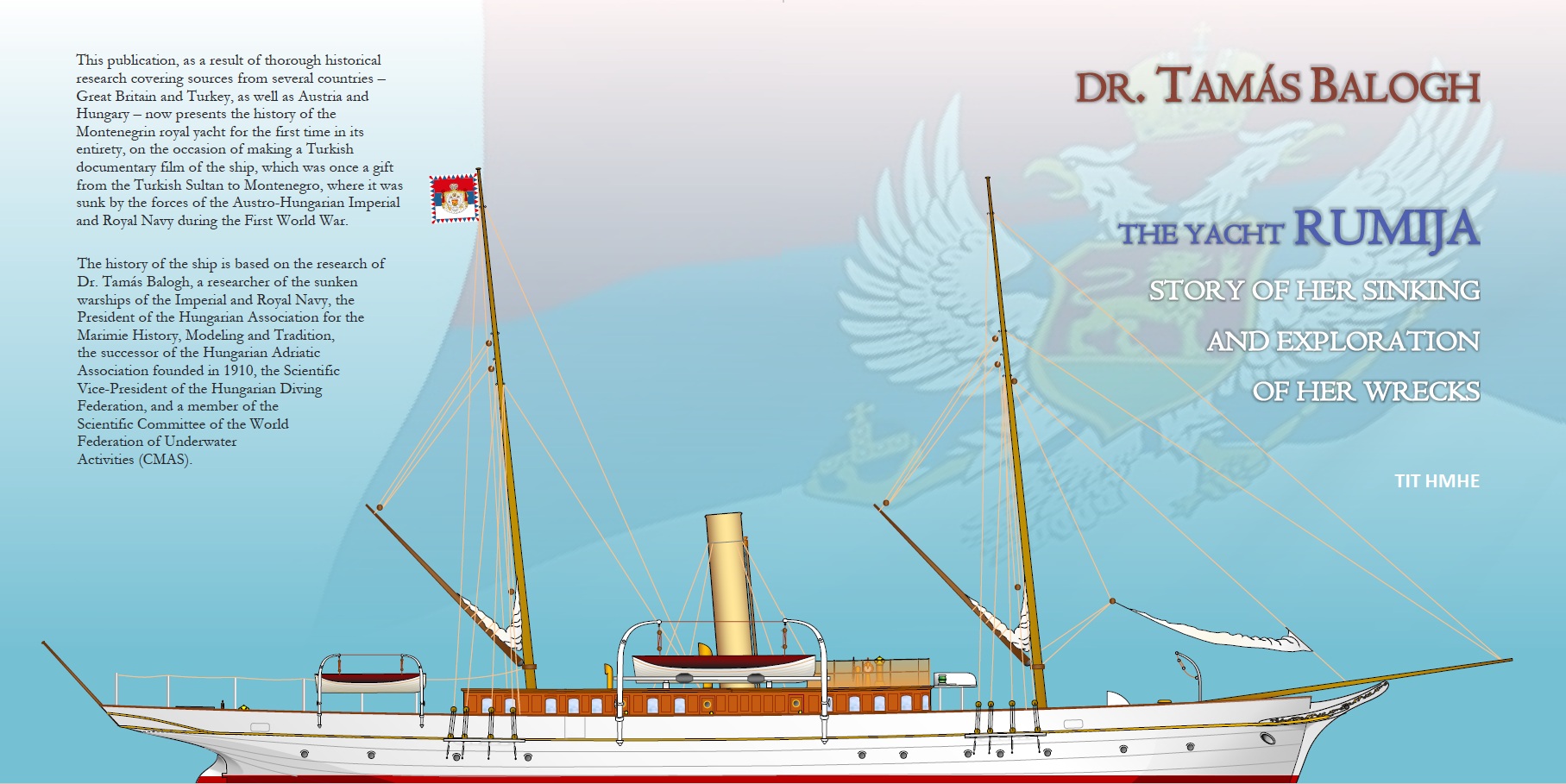
Fig. 2: The cover.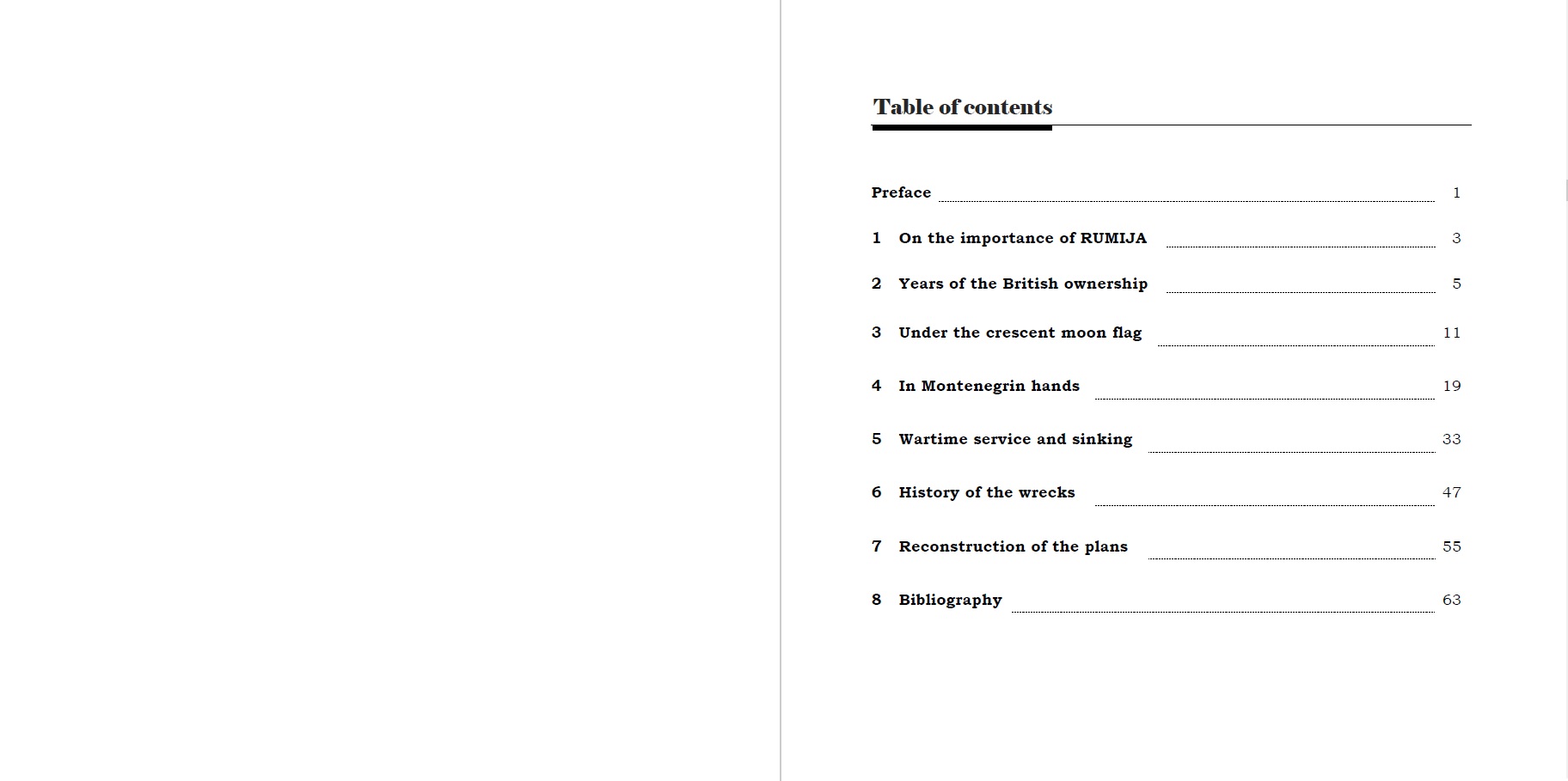
Fig. 3: The table of contents.
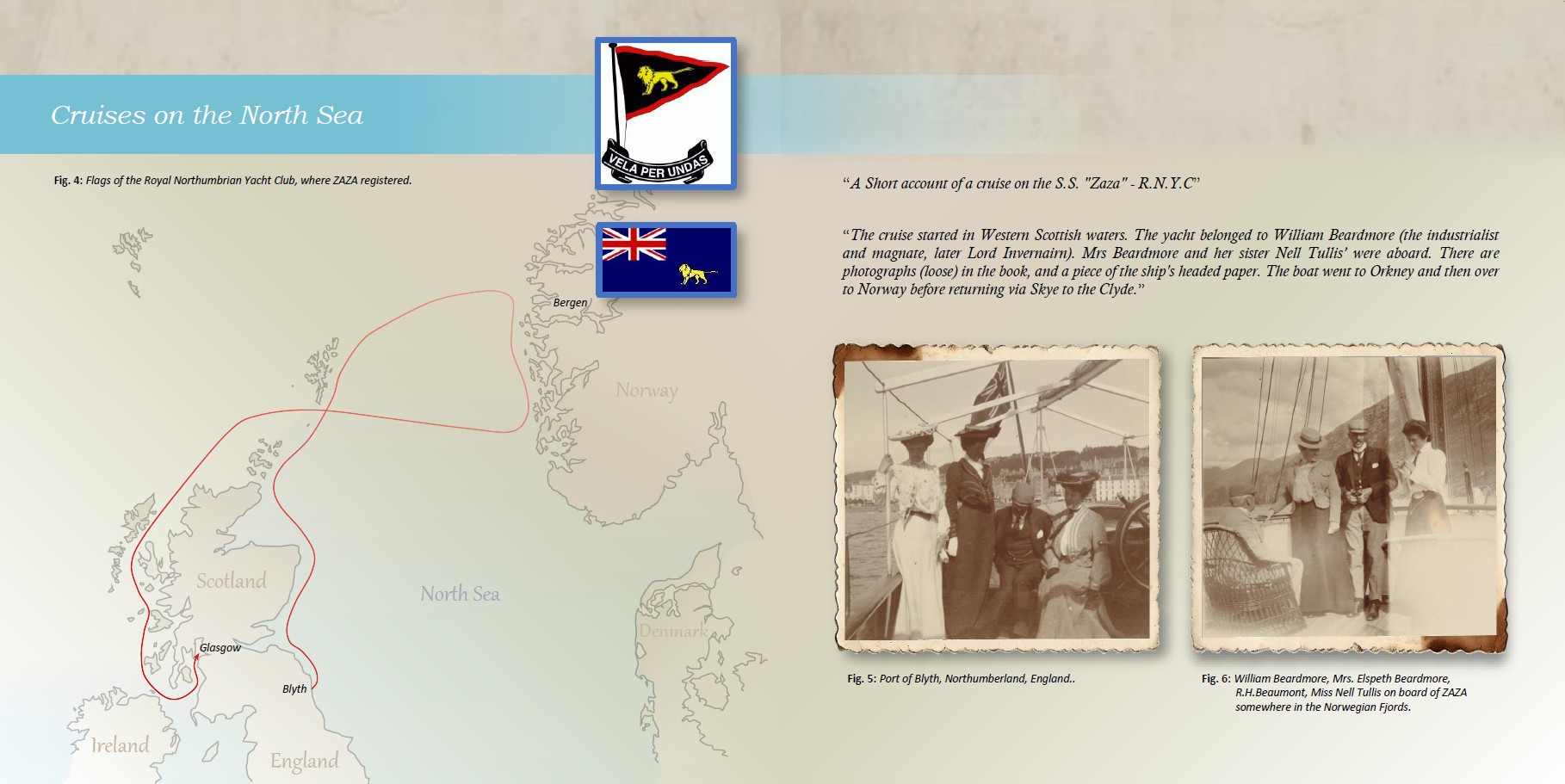
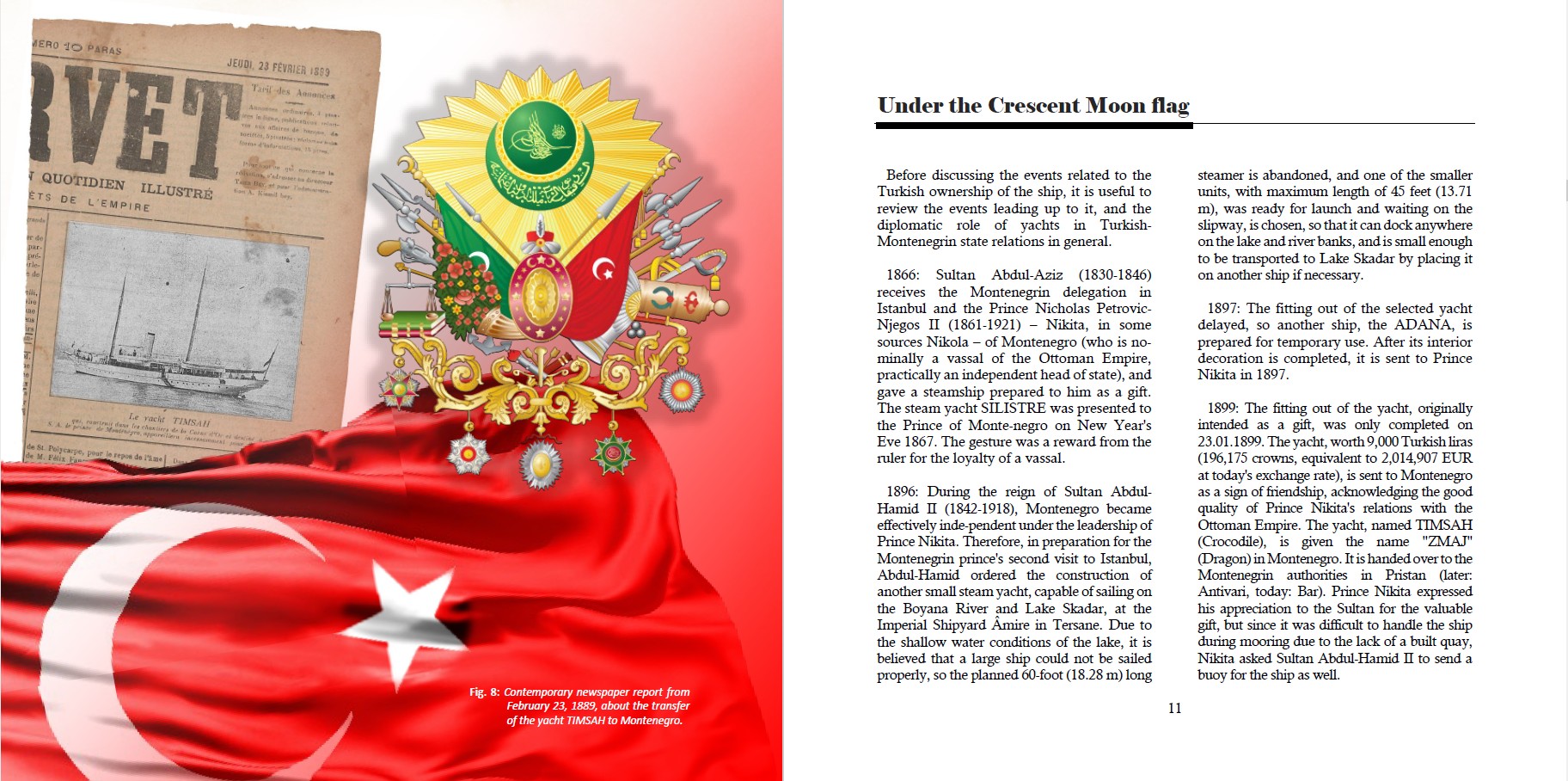
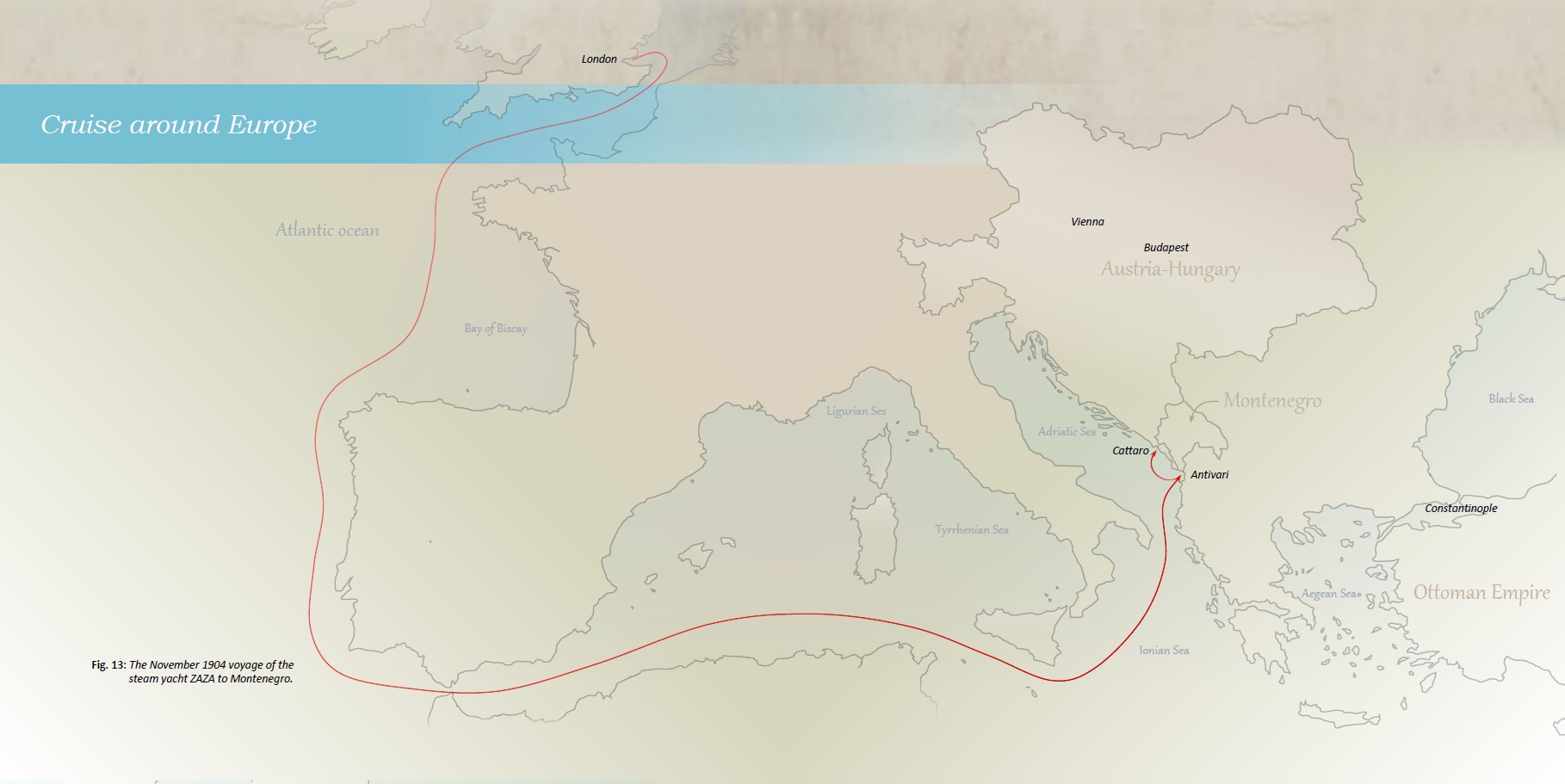
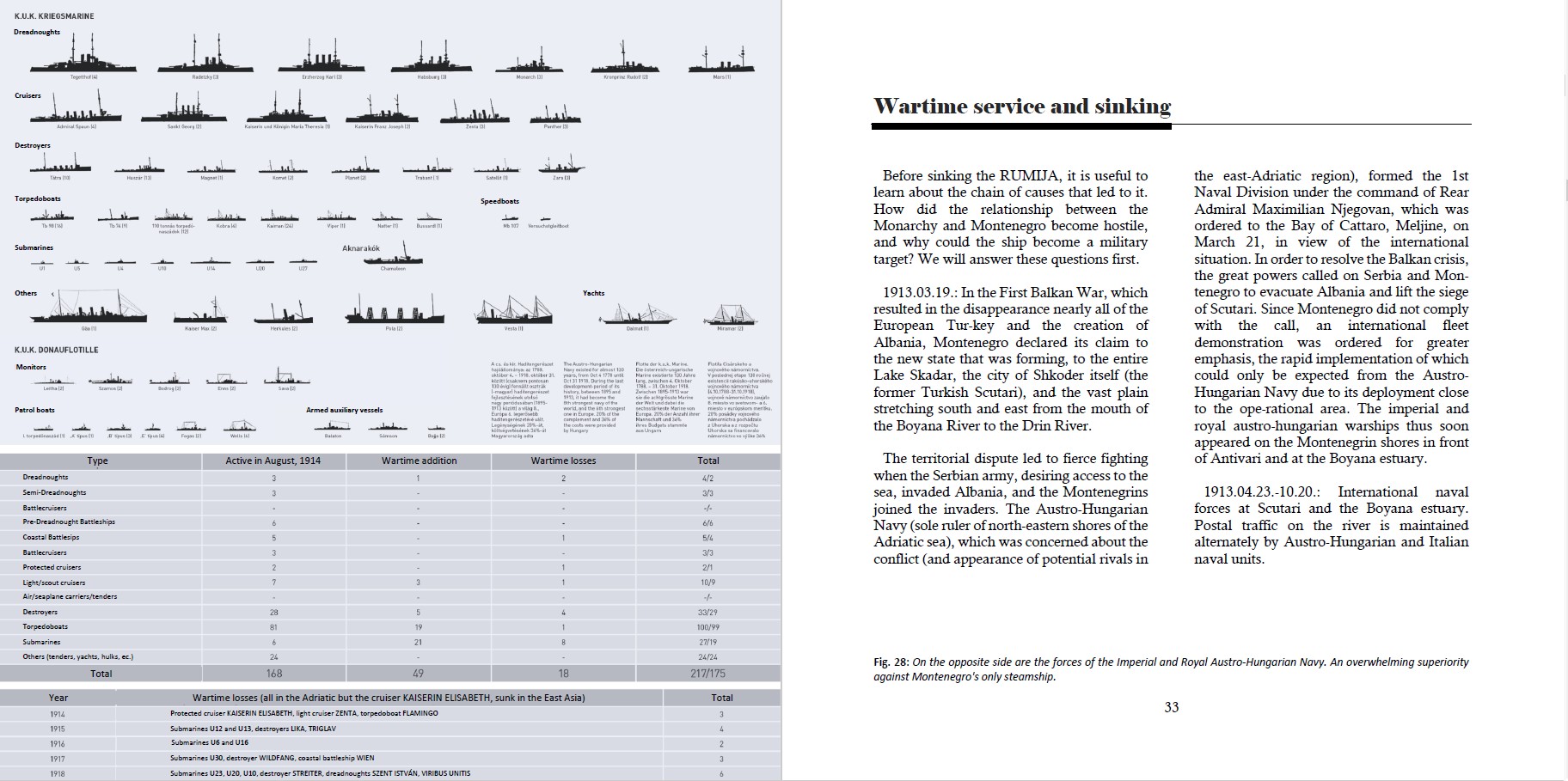

Figs 4-8: Some pairs of pages of the inner arc - presented as a sample.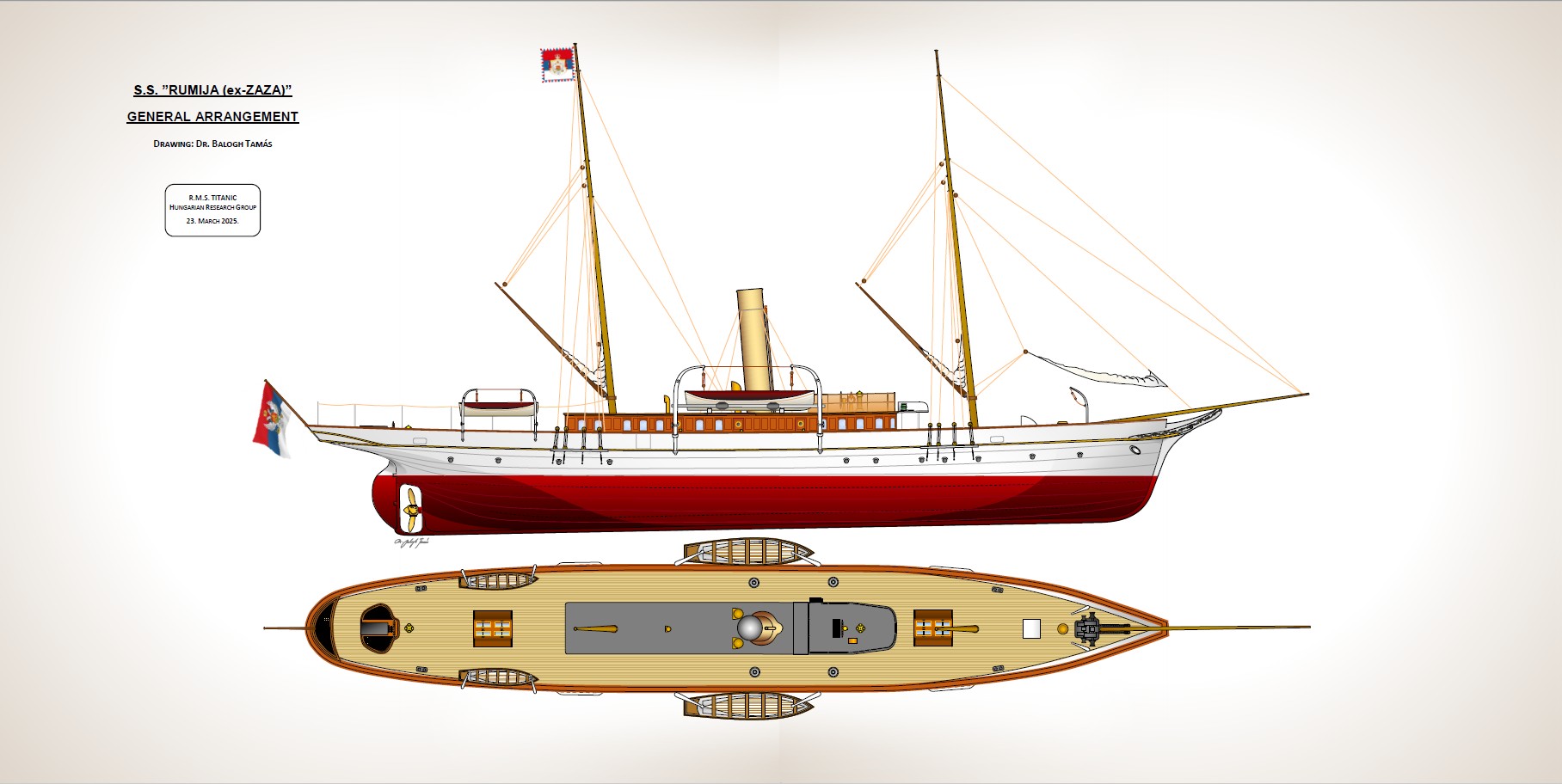
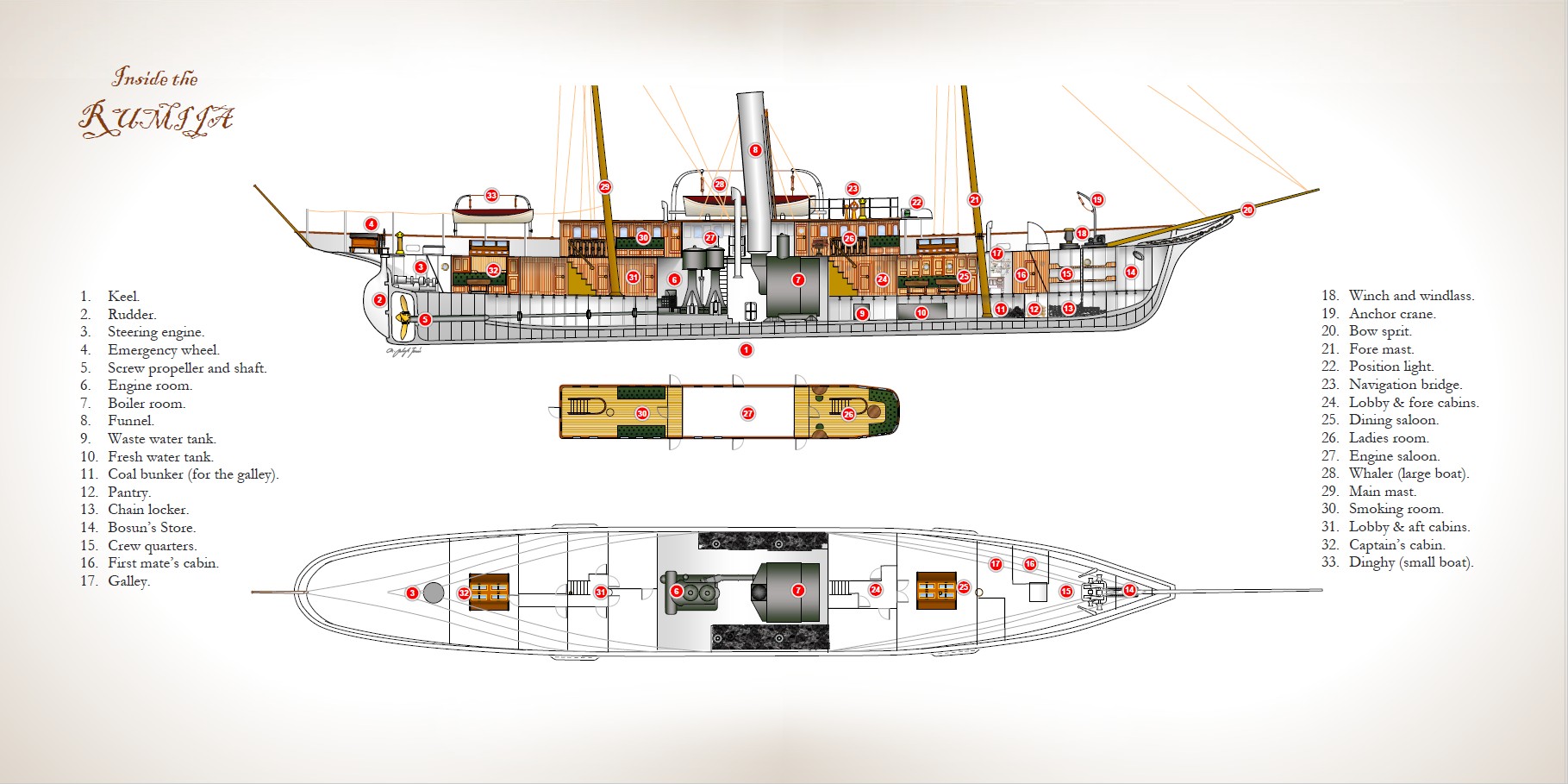
Figs. 9-10: The reconstructed profile and top view (above), as well as longitudinal section and general arrangement (below).
It would be great if you like the article and pictures shared. If you are interested in the works of the author, you can find more information about the author and his work on the Encyclopedia of Ocean Liners Fb-page.
If you would like to share the pictures, please do so by always mentioning the artist's name in a credit in your posts. Thank You!
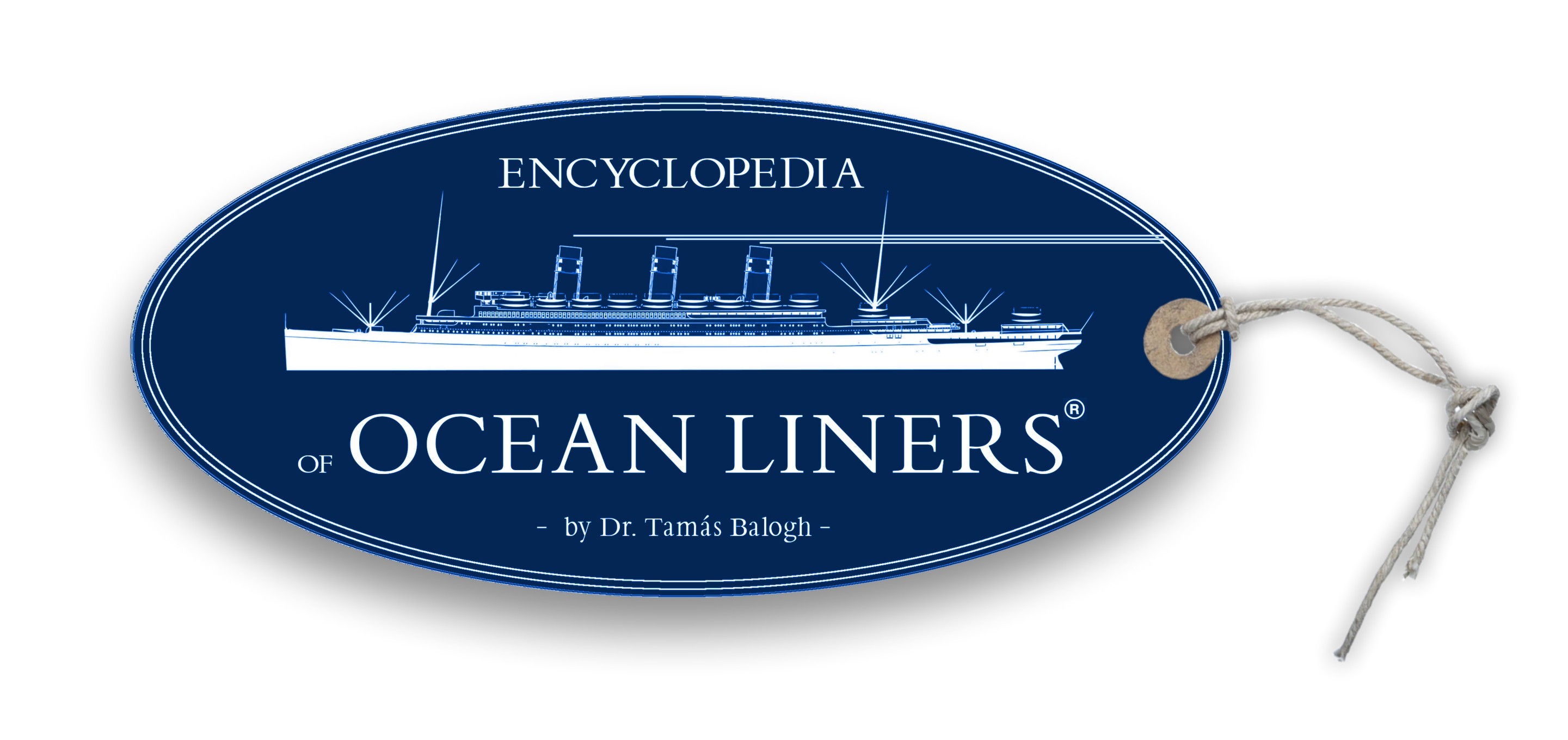
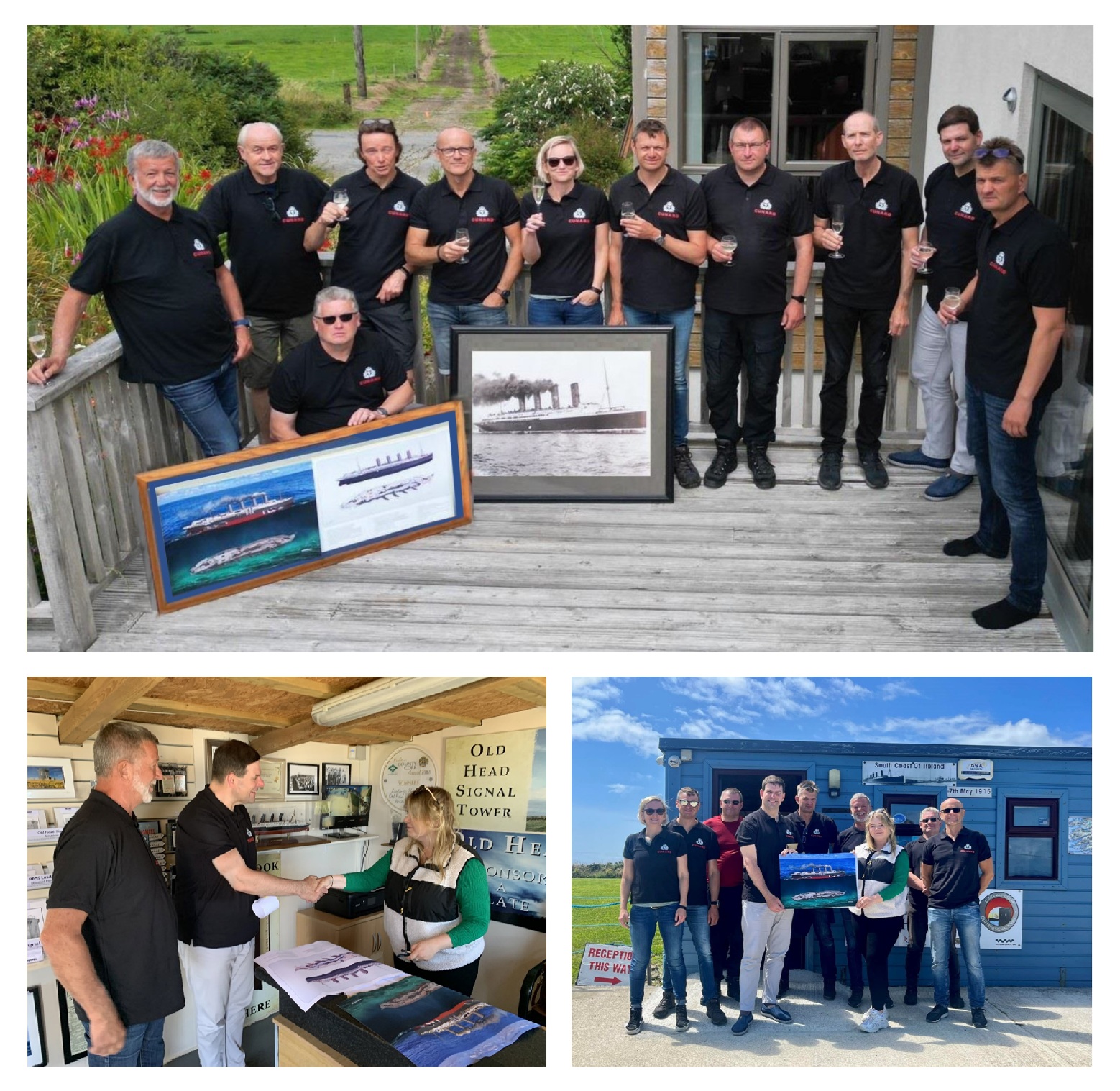
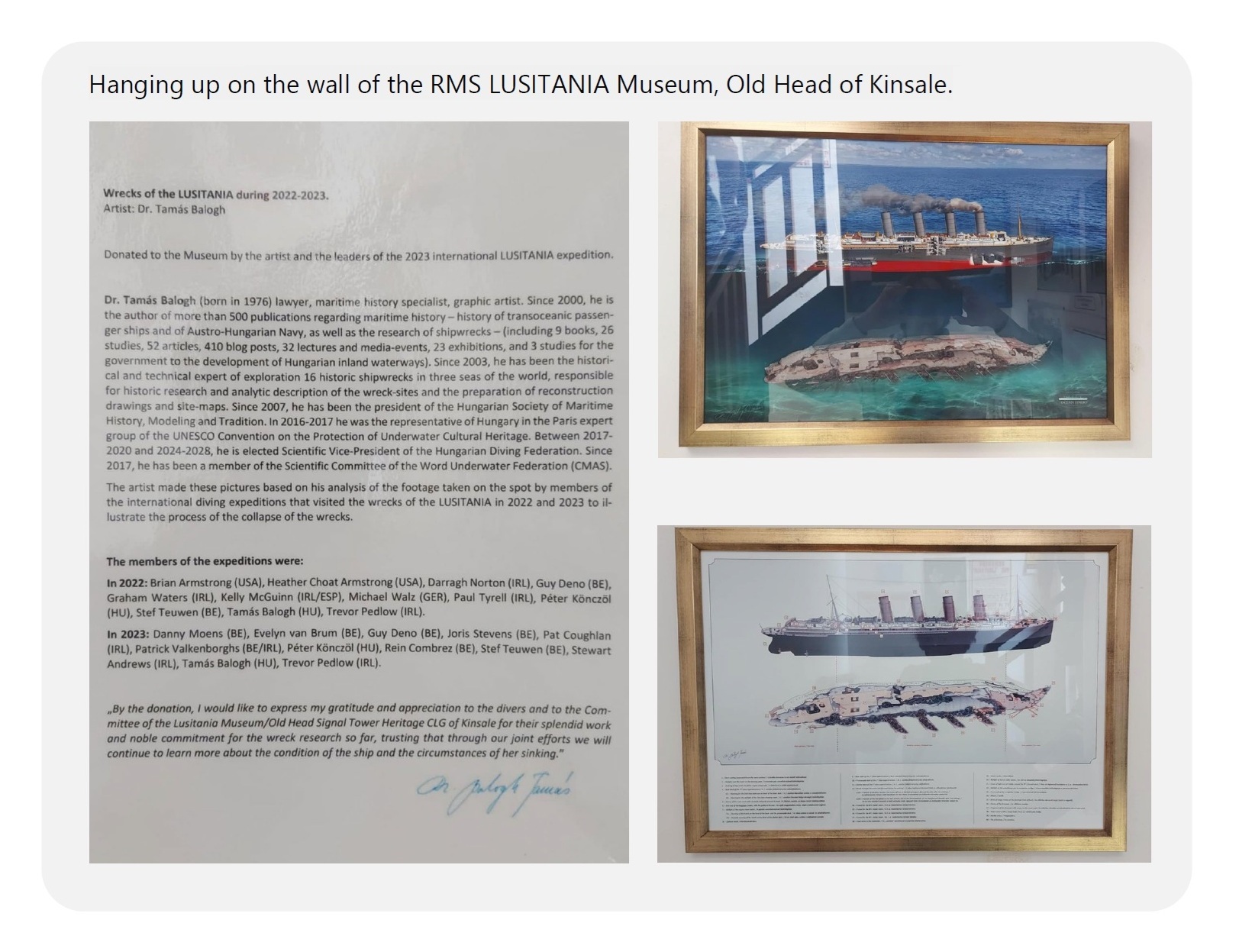
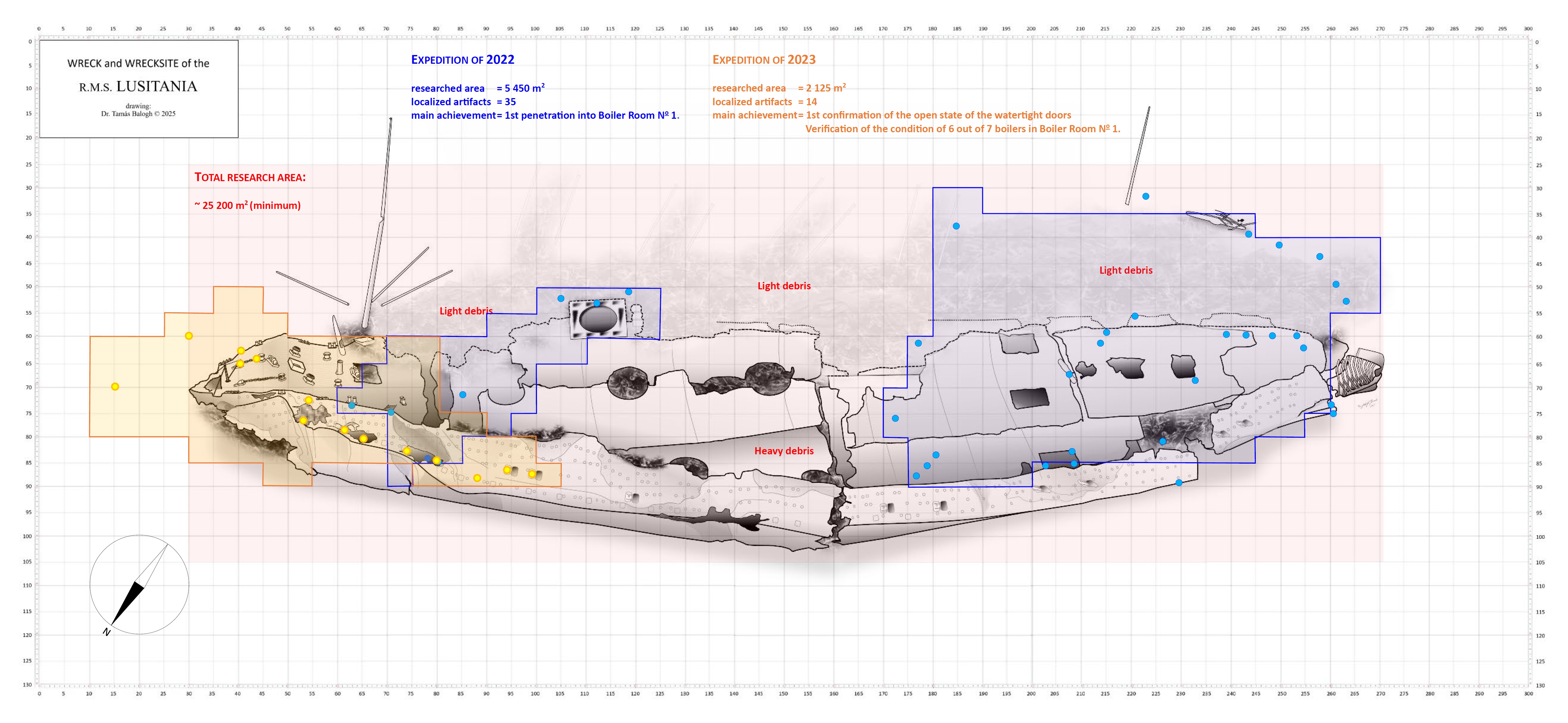

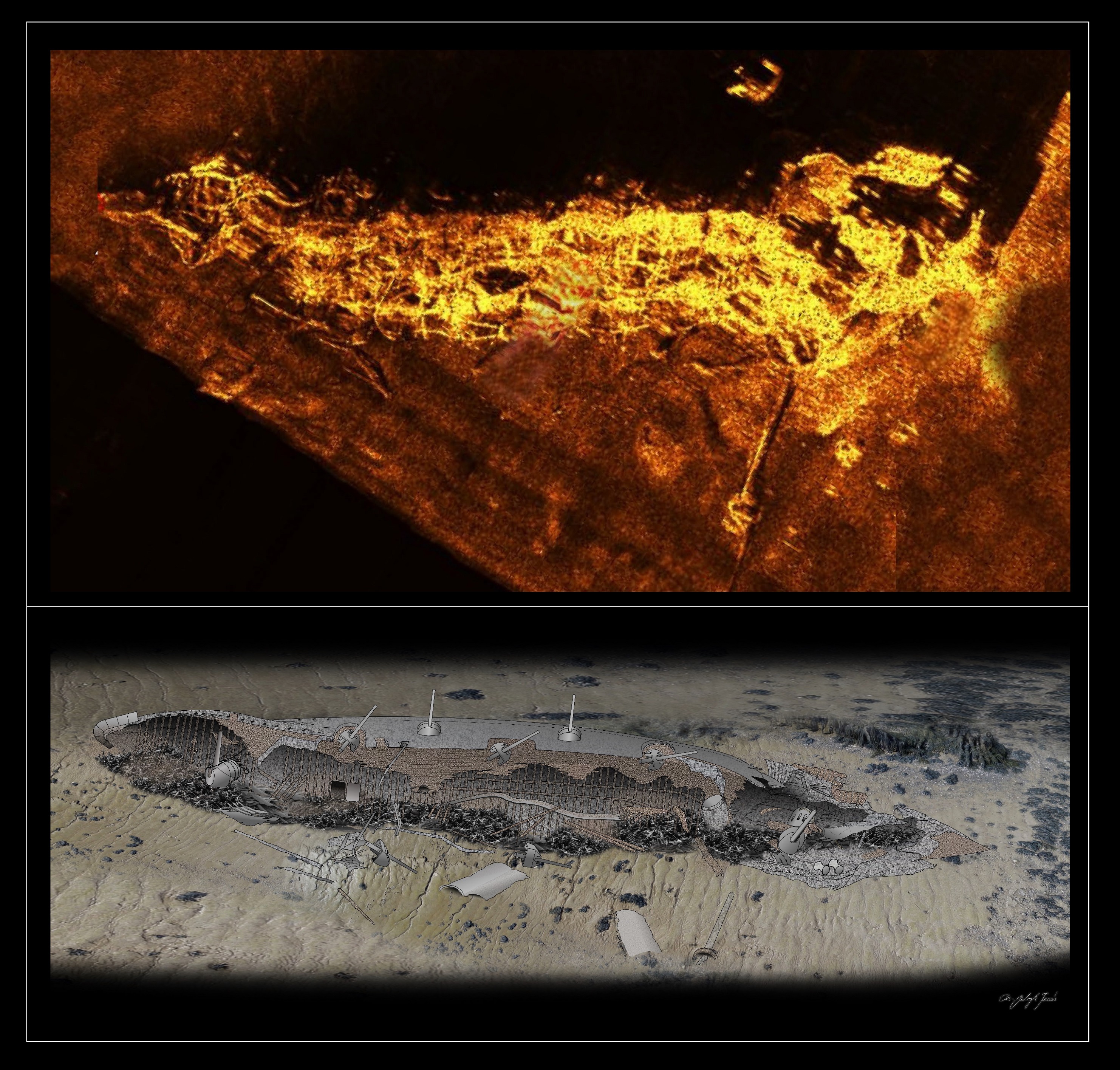
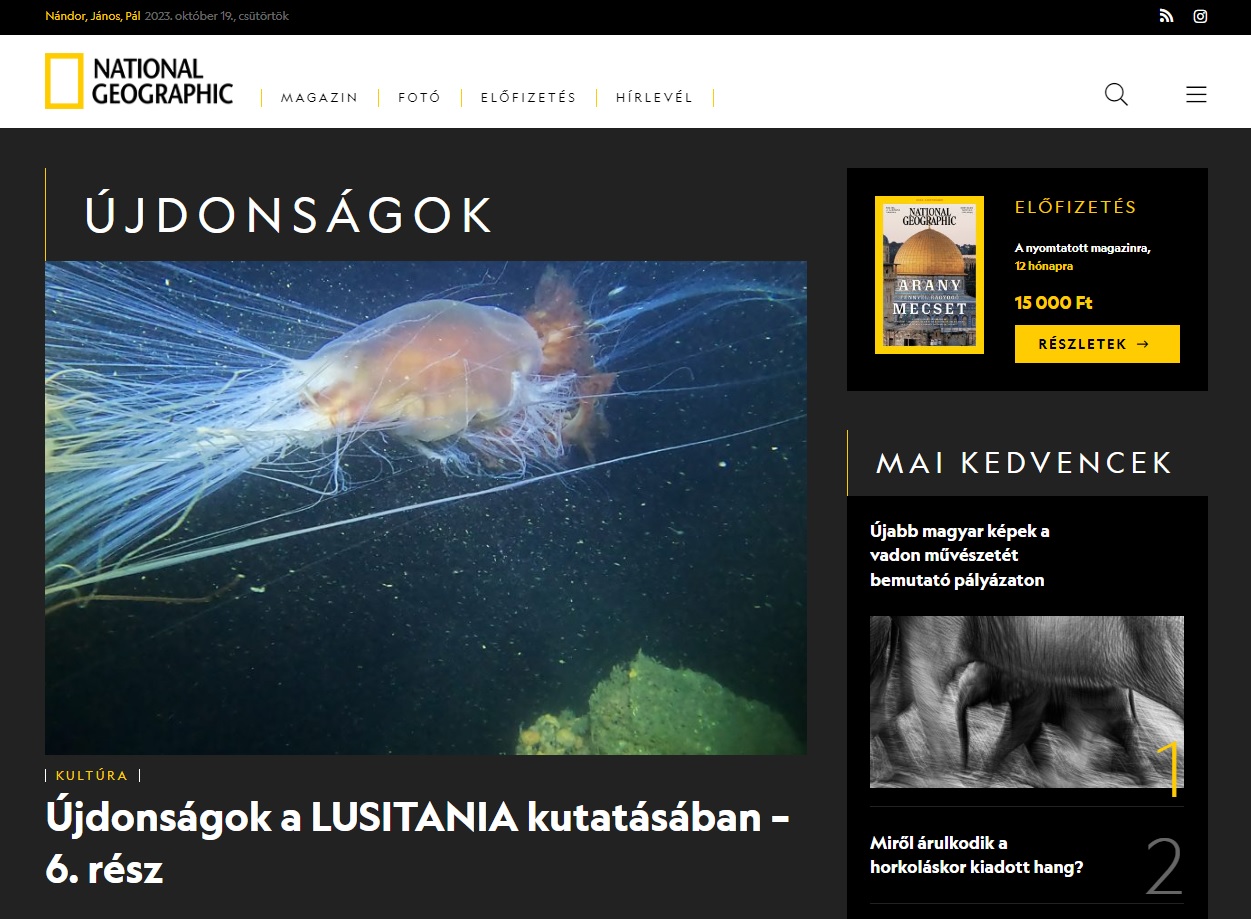
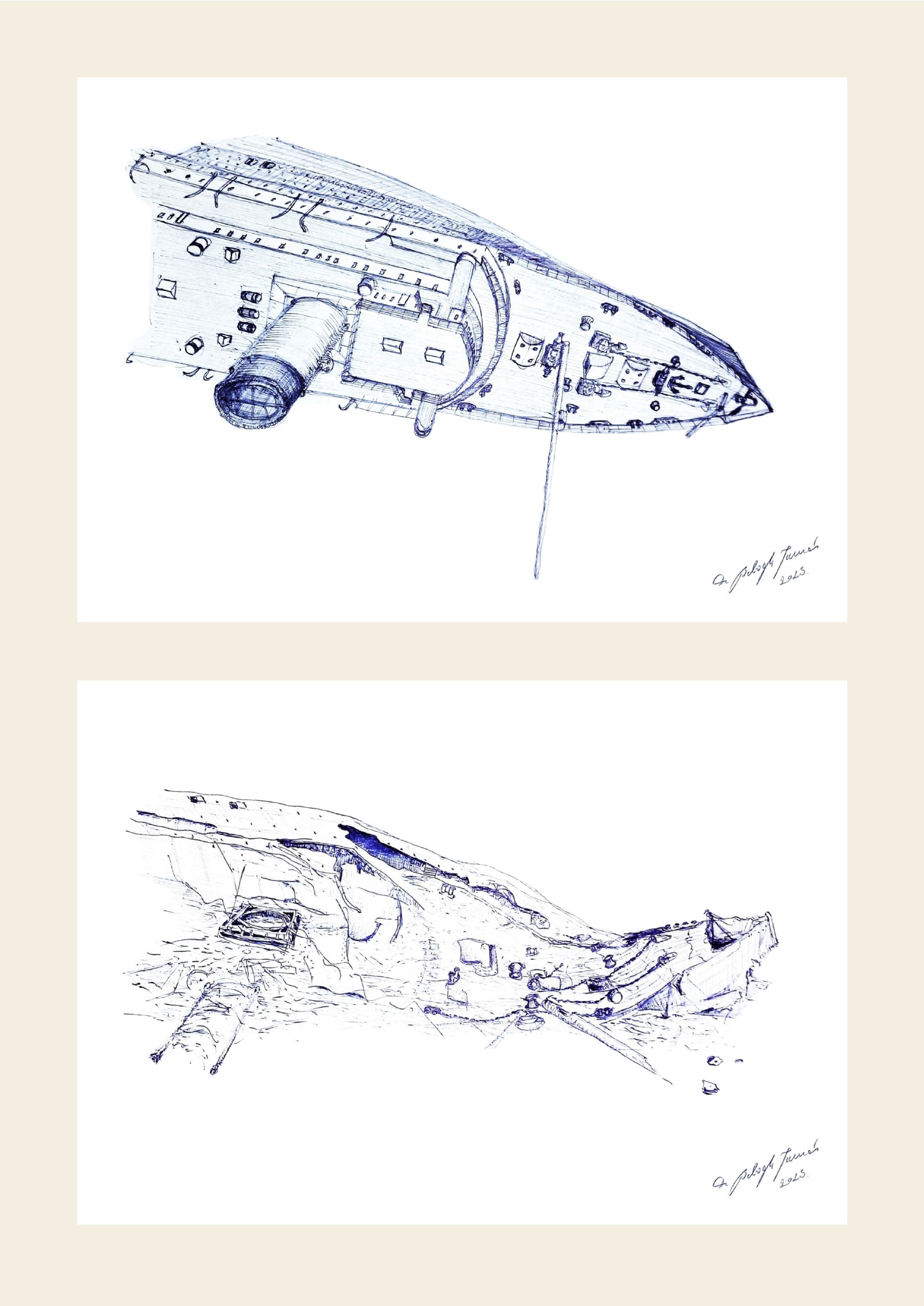
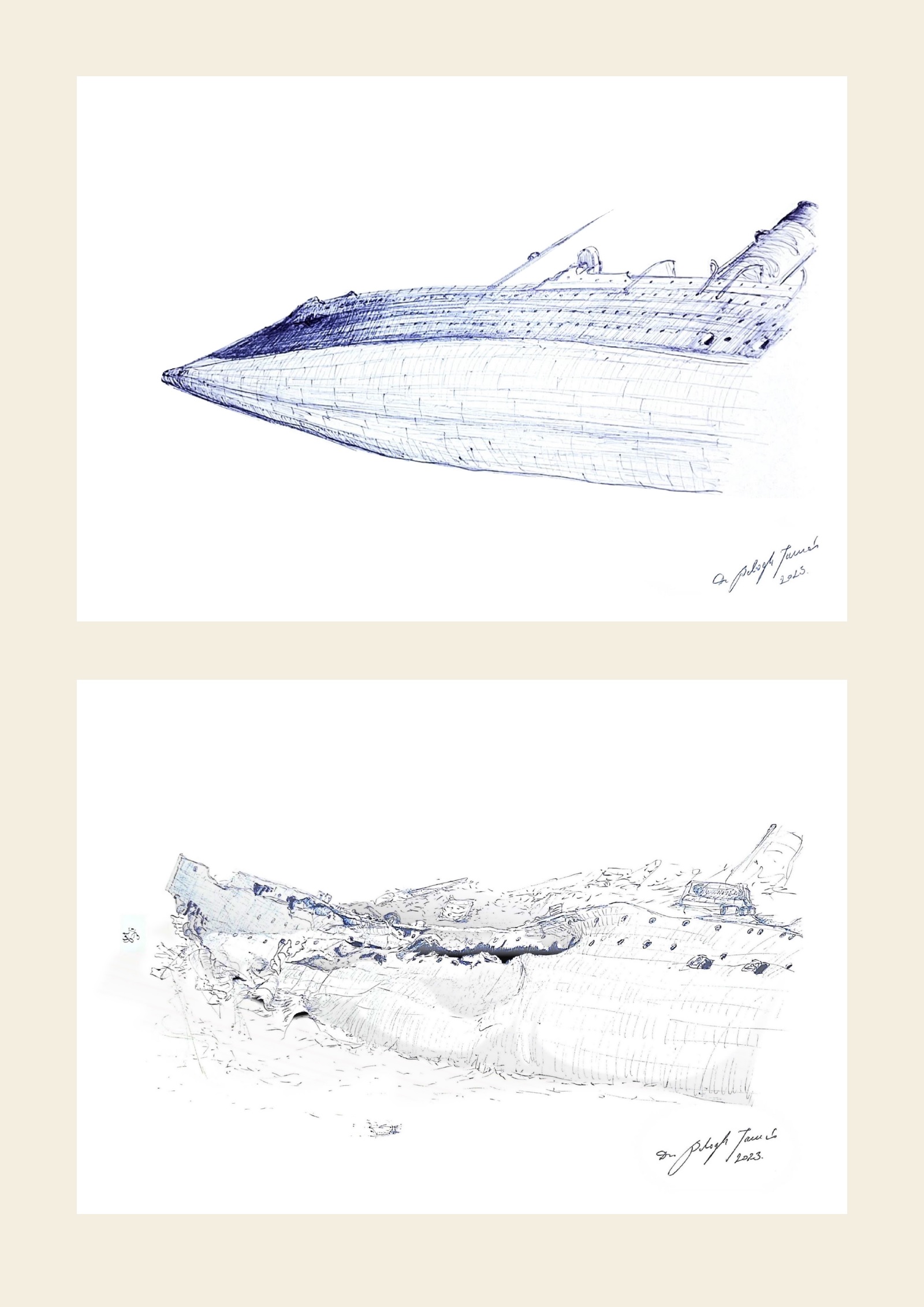

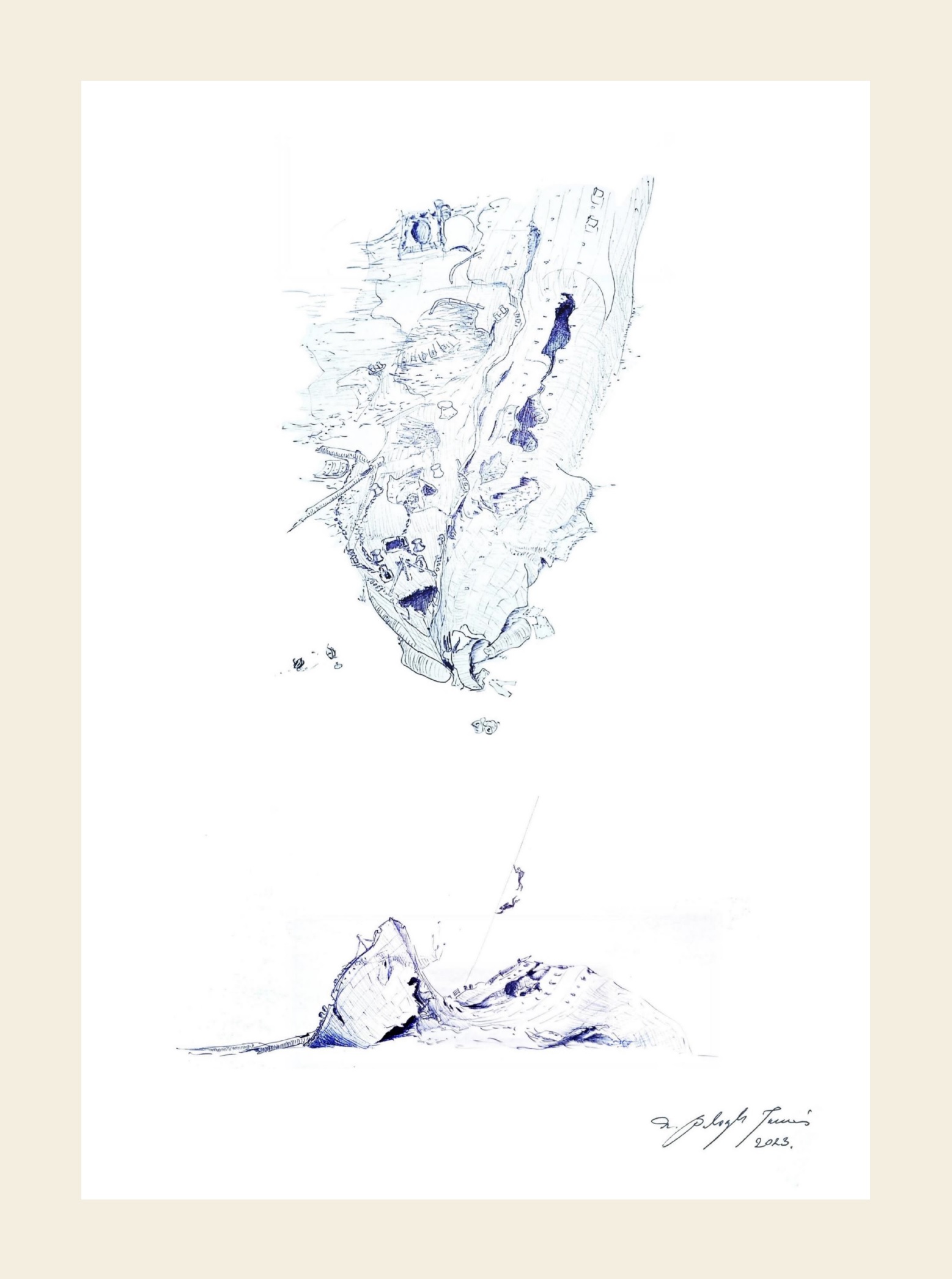
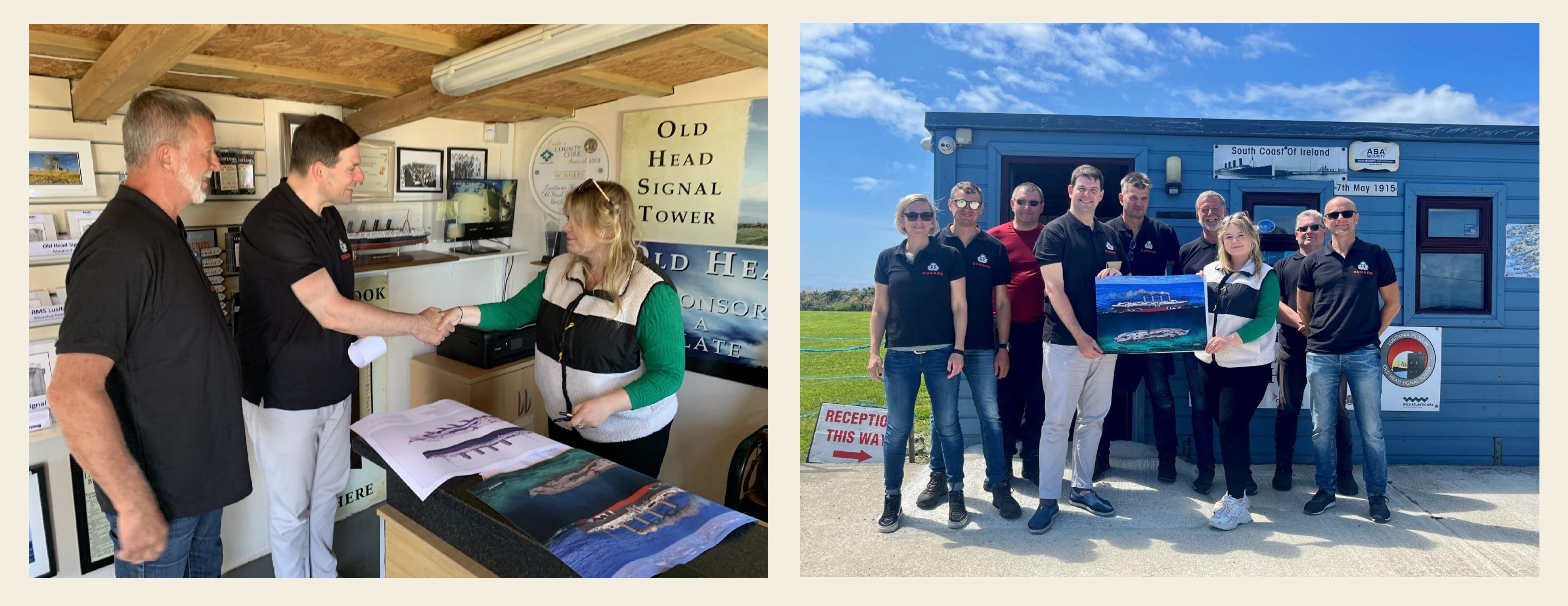
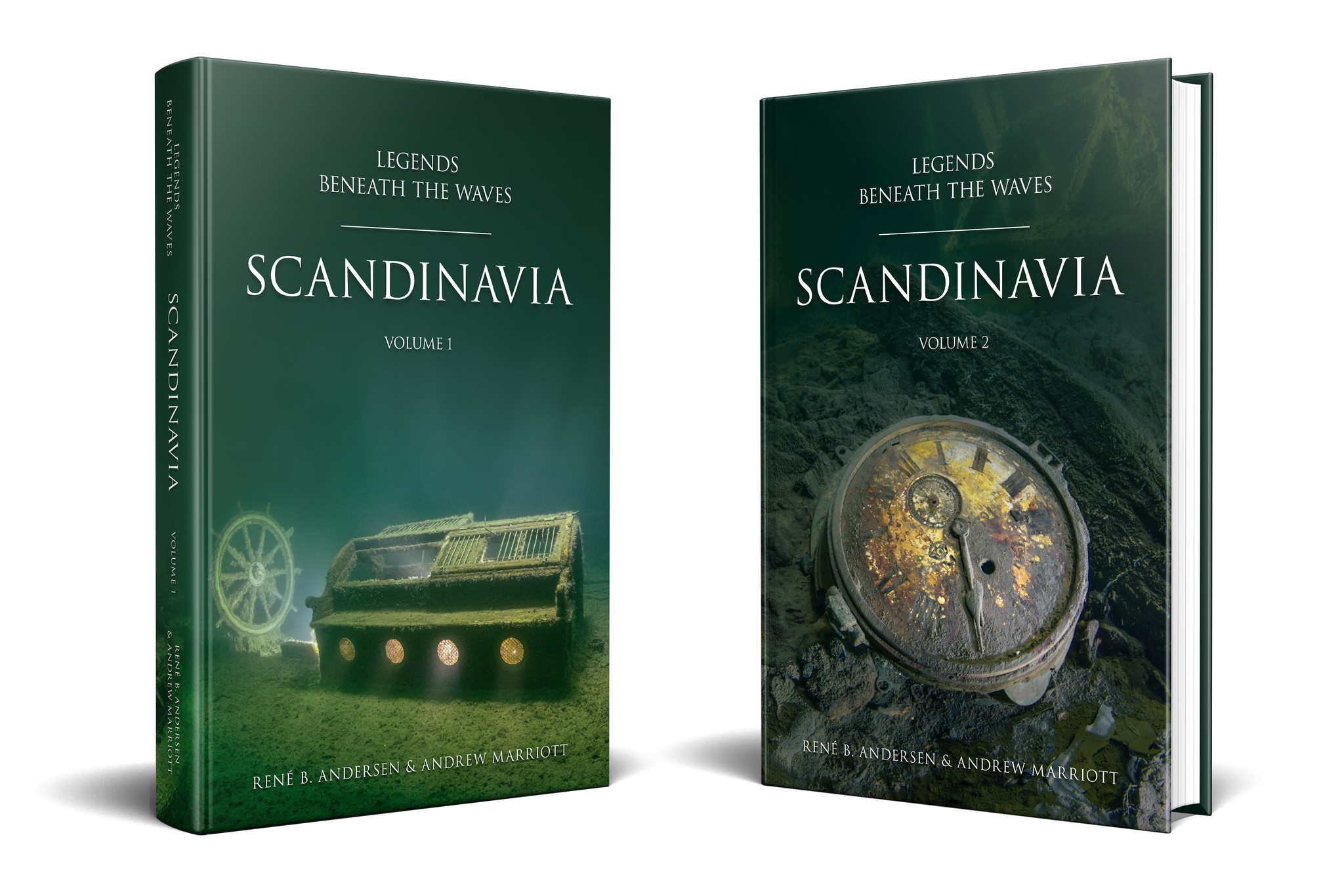
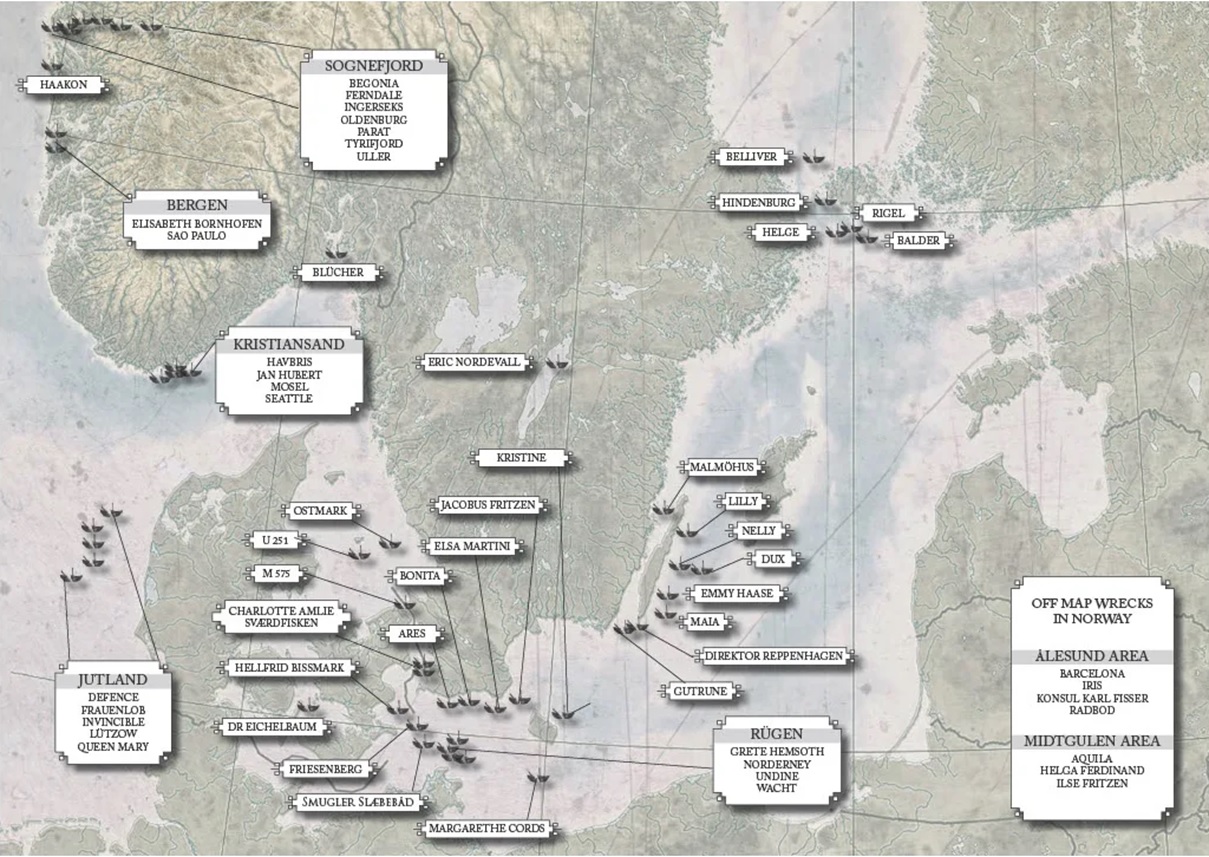
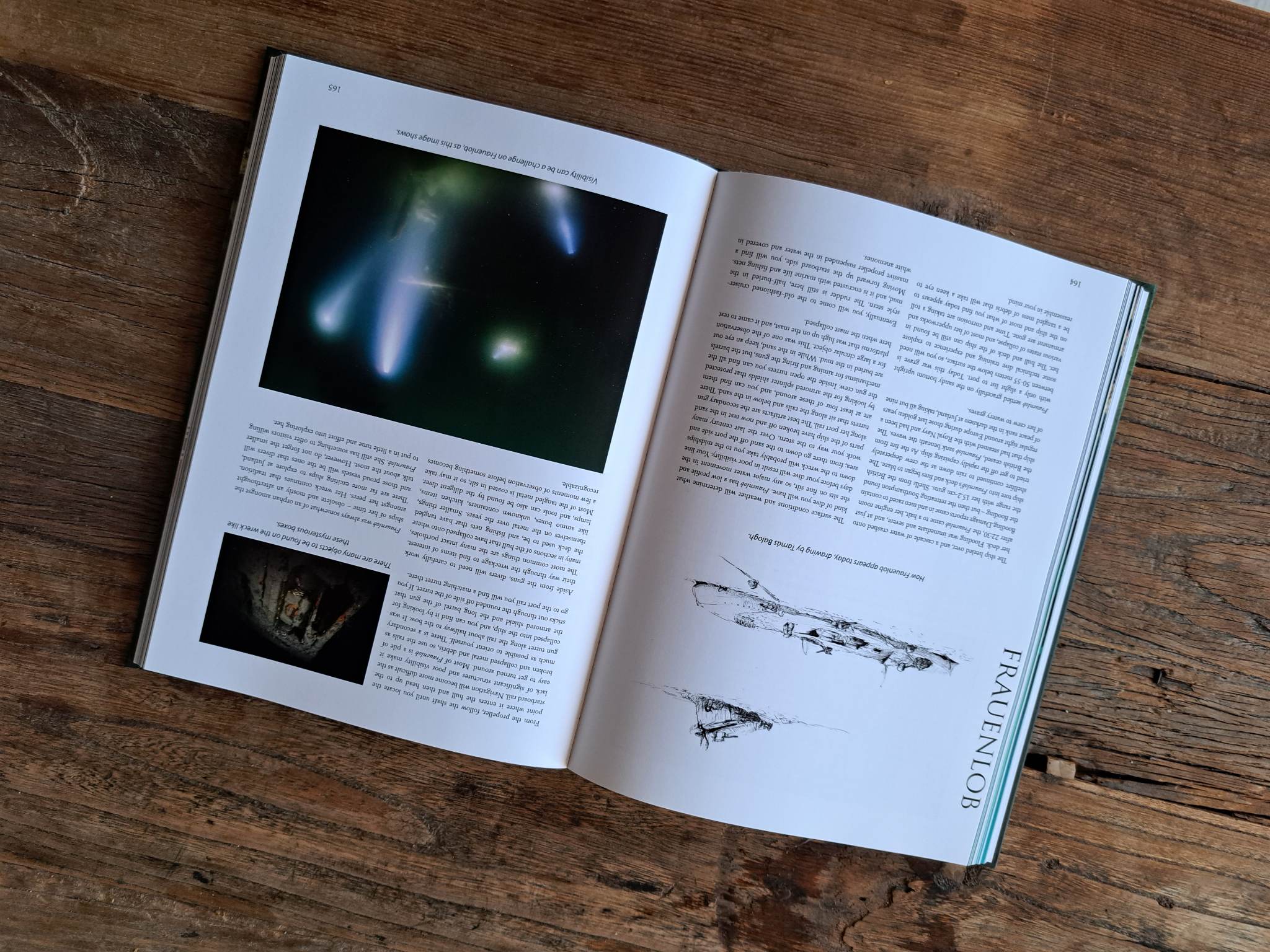
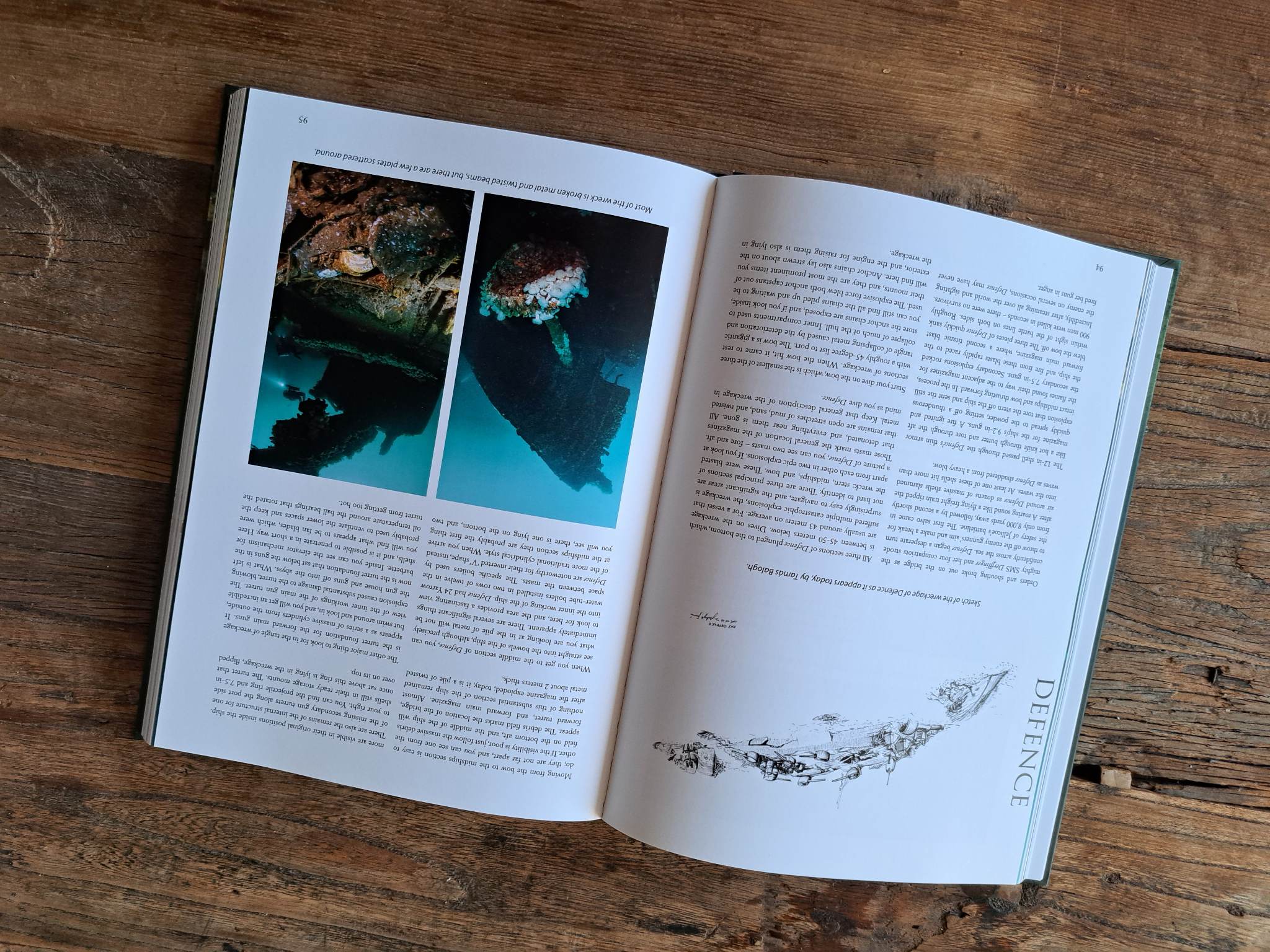
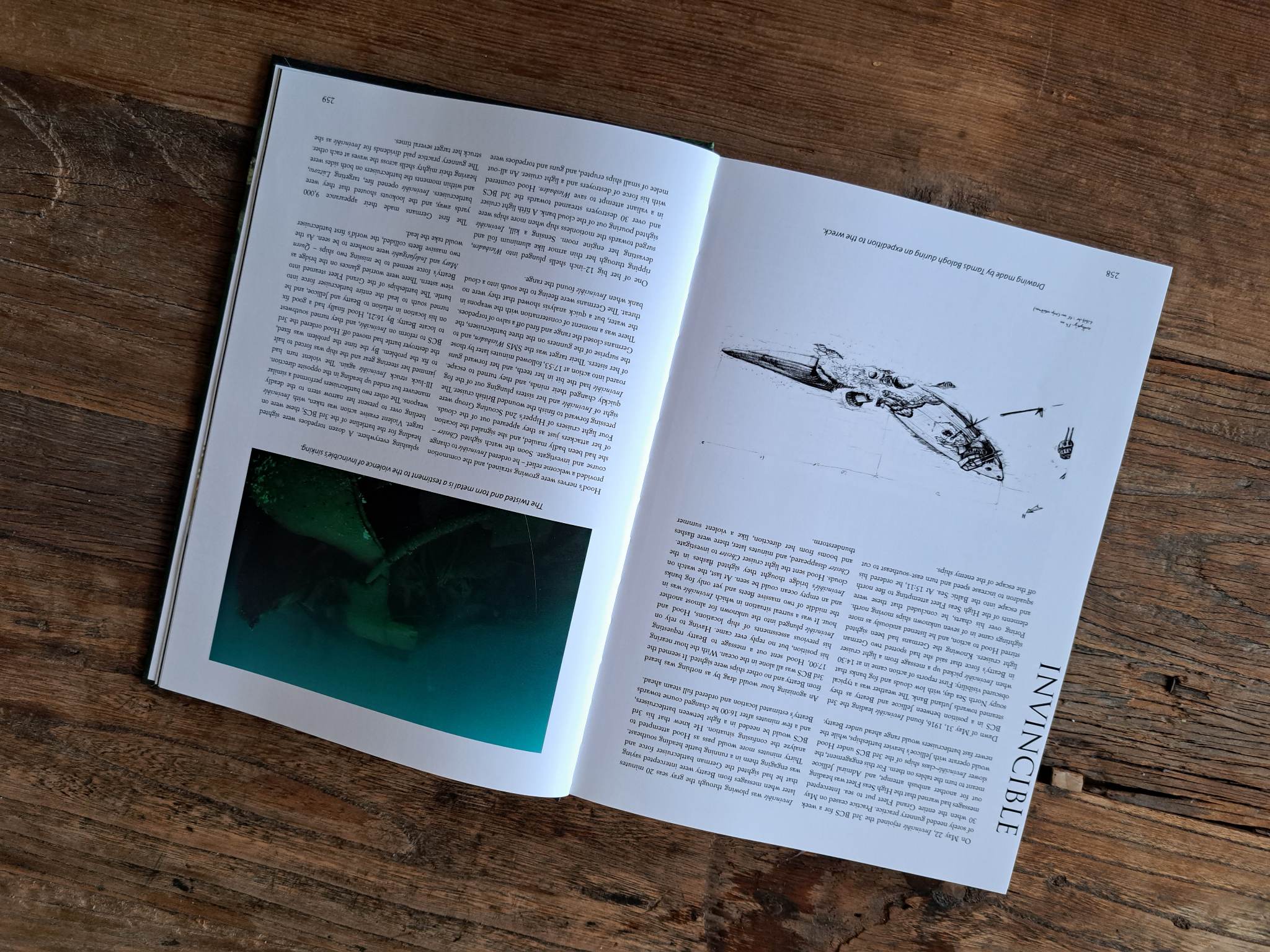
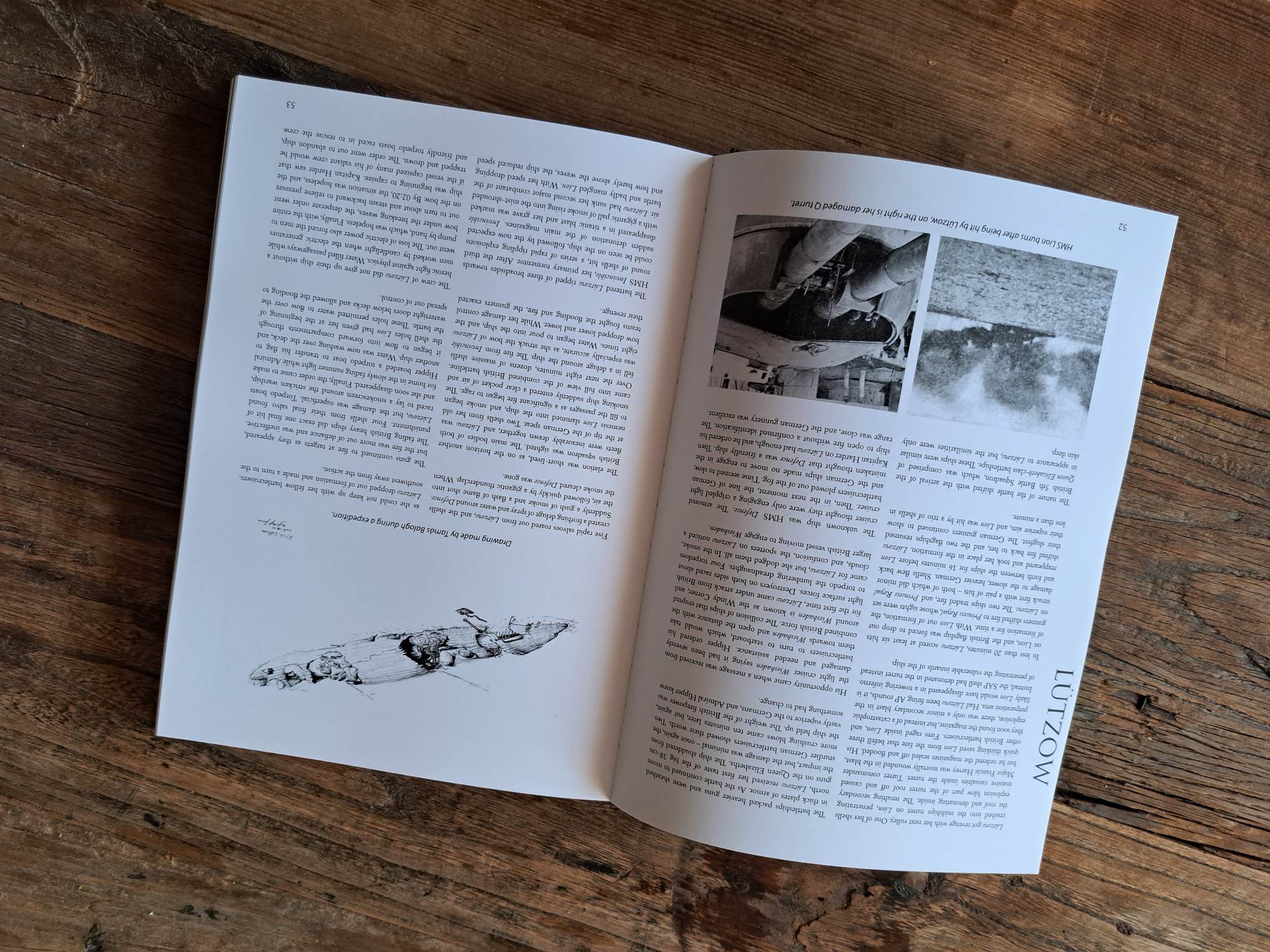
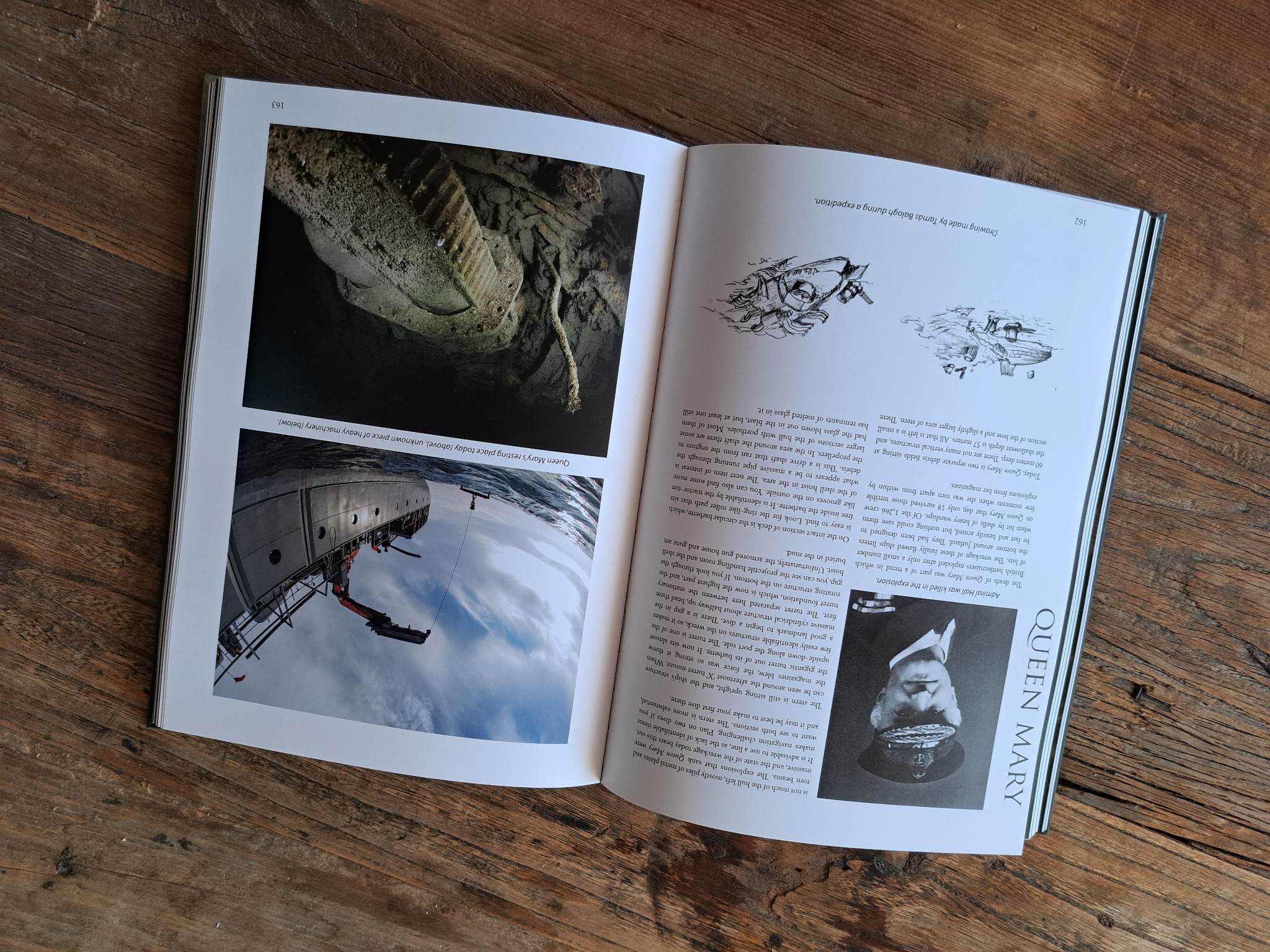
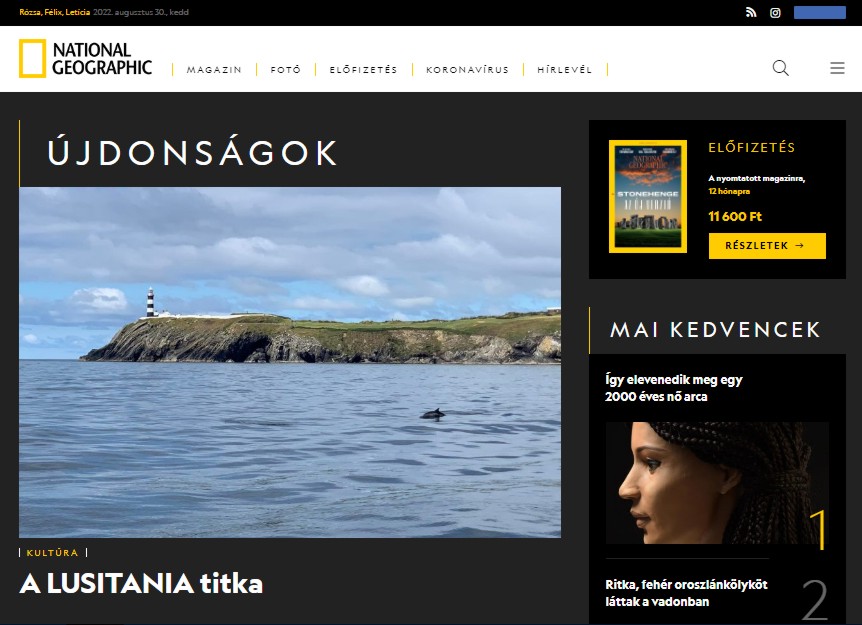
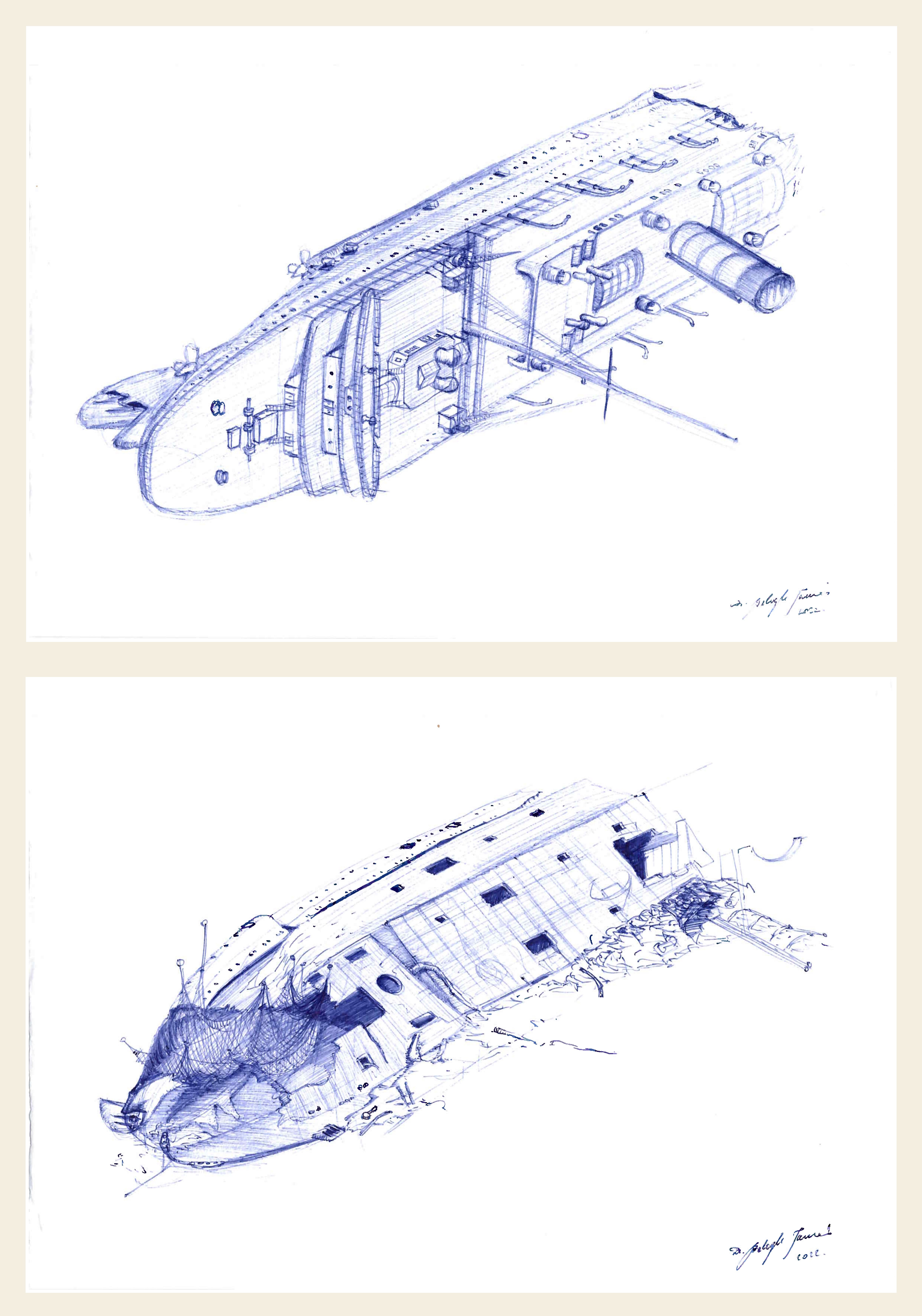
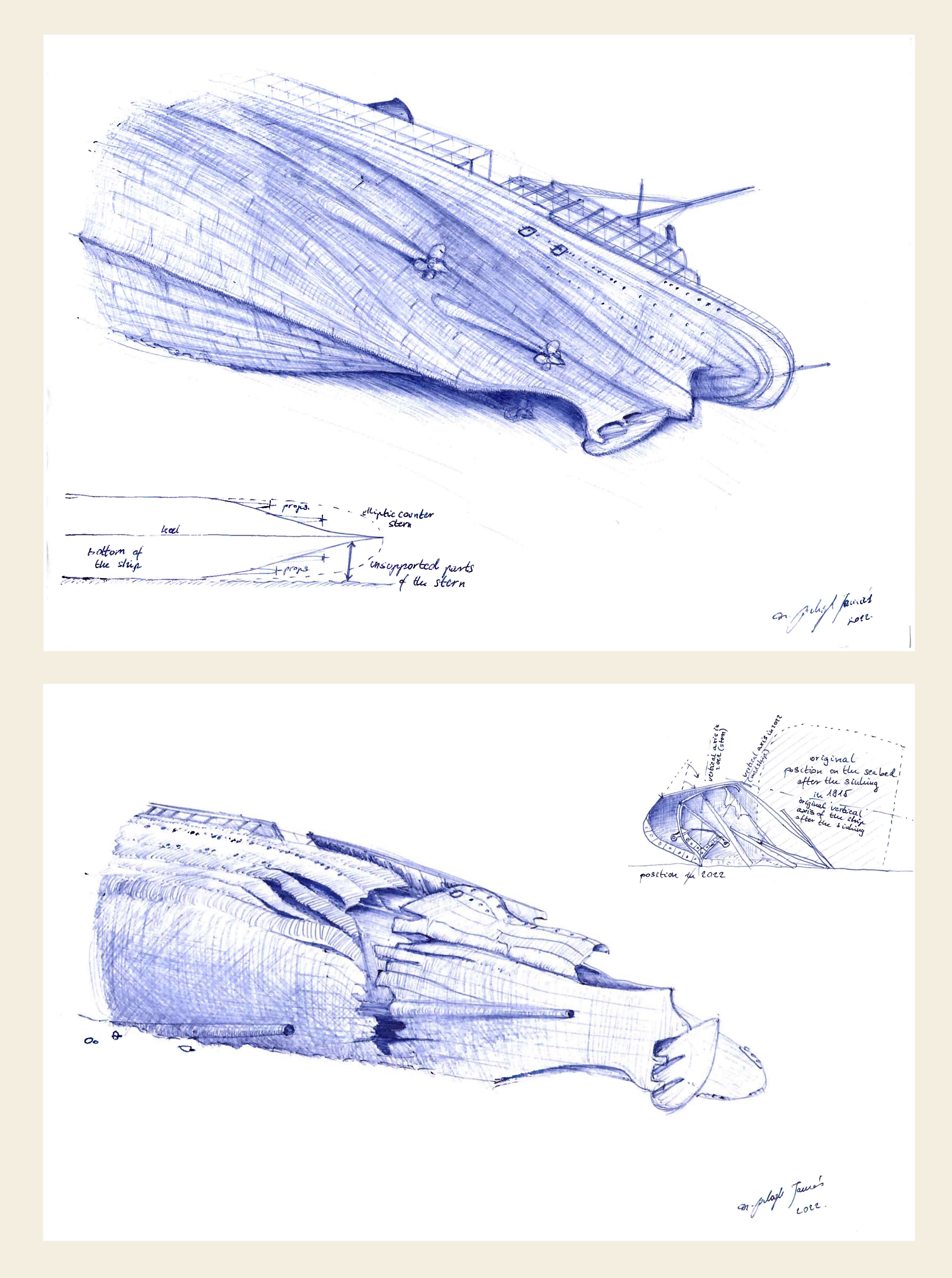


Utolsó kommentek